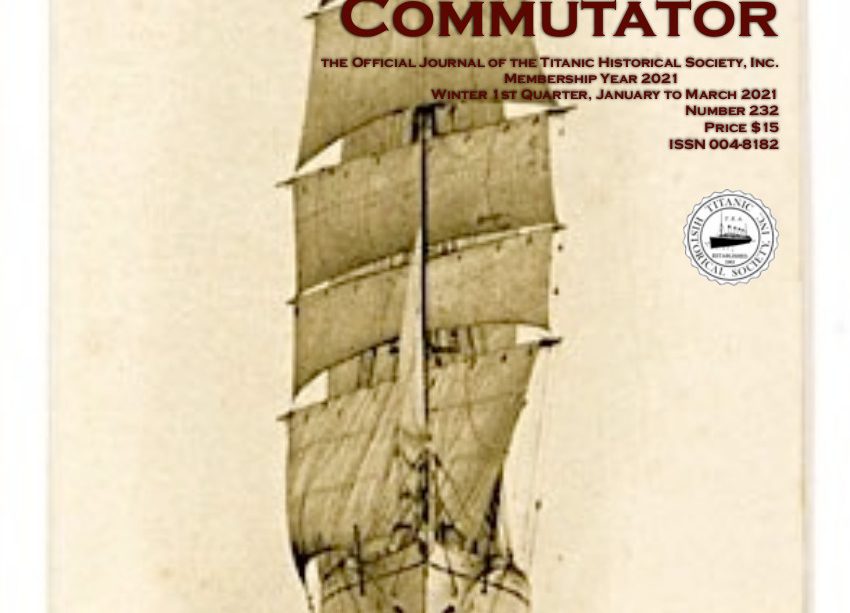Titanic: A Historic Tragedy and Its Lasting Impact

Introduction
The Titanic, a name that invokes both grandeur and tragedy, was deemed unsinkable when it set sail in April 1912. However, its fate took a grim turn when it struck an iceberg on its maiden voyage, leading to one of the deadliest disasters in maritime history. The story of the Titanic is not merely about the ship itself but encapsulates themes of human innovation, hubris, and the profound impacts of loss and survival. Understanding this historical event is crucial as it continues to shape maritime laws and safety protocols today.
The Voyage of the Titanic
The RMS Titanic was built by Harland and Wolff in Belfast, Northern Ireland, and was the largest ocean liner of its time. Setting sail on April 10, 1912, the ship was en route to New York City, carrying over 2,200 passengers and crew. Among the rich and famous aboard were renowned figures such as Isidor Straus, co-owner of Macy’s, and John Jacob Astor IV, a prominent businessman. On April 14, 1912, just four days into its maiden voyage, disaster struck when the Titanic struck an iceberg at approximately 11:40 PM.
The Tragedy Unfolds
Within a mere two hours and forty minutes, the Titanic sank, claiming the lives of over 1,500 individuals. The chaos onboard highlighted critical flaws in safety protocols, including inadequate lifeboats for passengers and a lack of emergency preparedness. Many vividly recall the haunting tales of survival as lifeboats were lifeboats were launched half-filled, and others were left behind in the chaos. This catastrophe not only marks a pivotal moment in maritime history but also brought to light the socio-economic disparities of the era, with survival rates being significantly lower for lower-class passengers.
Impact on Maritime Safety
In the aftermath of the disaster, a significant shift in maritime regulations occurred. The International Convention for the Safety of Life at Sea (SOLAS) was implemented in 1914, mandating sufficient lifeboats for all passengers and enhanced safety measures aboard vessels. The Titanic’s legacy endures as it plays a crucial role in influencing guidelines that prioritize human life and efficient emergency response.
Conclusion
The Titanic stands not only as a monument to human achievement and ambition but also as a solemn reminder of the fragility of life and the dire consequences of neglecting safety. As we commemorate its centenary, the lessons gleaned from this tragedy continue to resonate, urging us to prioritize safety in maritime travel and beyond. The narrative of the Titanic is timeless, serving as a beacon of remembrance and a catalyst for change in our approach to safety, resilience, and compassion.









